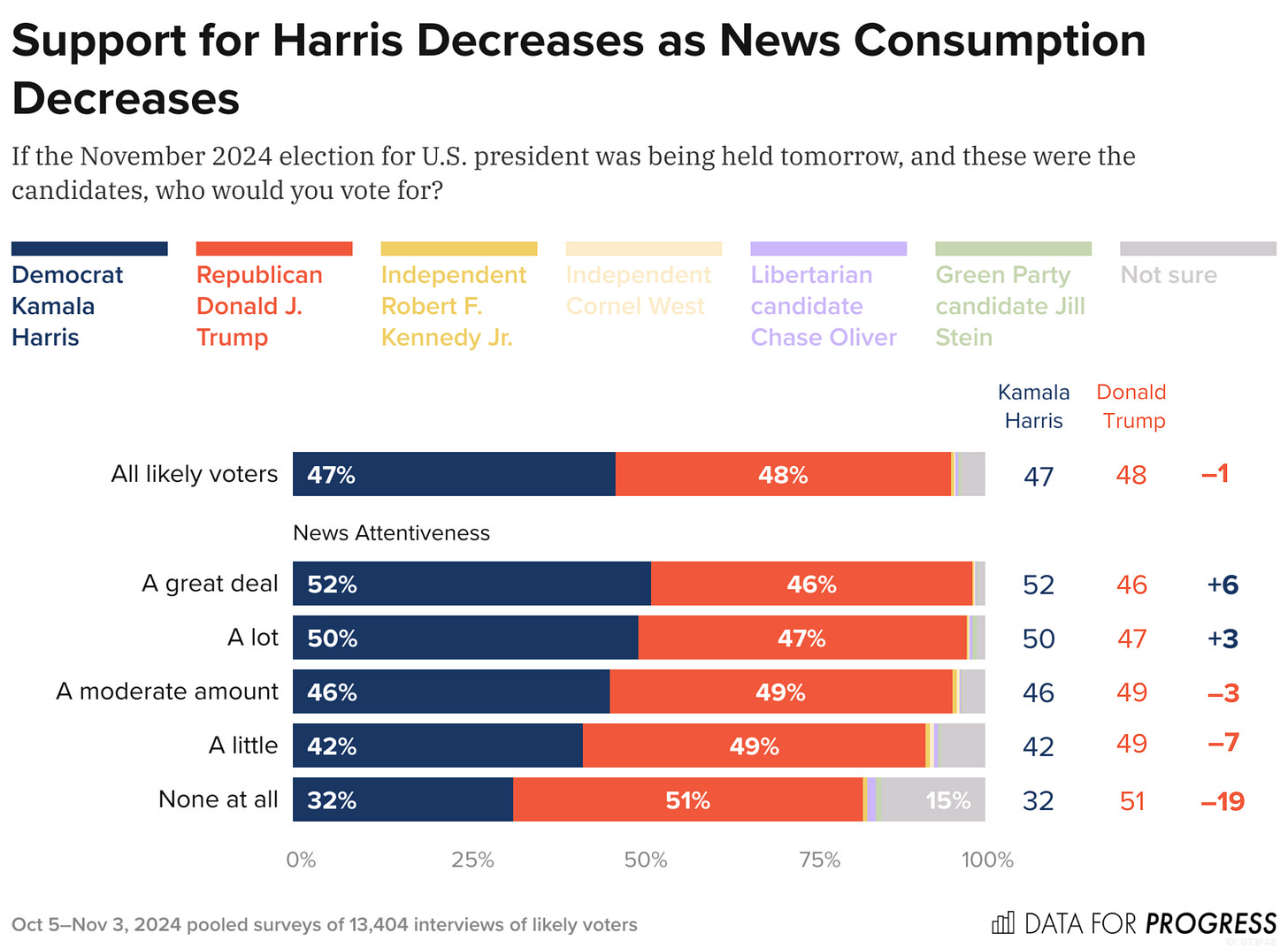Are Dems Really Trying to Create a "Liberal Joe Rogan"?
Democrats are finally investing in media and content; Are they doing it correctly?
Last week, Teddy of the New York Times once again made the Democratic Party establishment the punchline of an unfunny online joke. The story centered on the party’s efforts to combat the GOP’s online dominance. Schleifer wrote:
At donor retreats and in pitch documents seen by The New York Times, liberal strategists are pushing the party’s rich backers to reopen their wallets for a cavalcade of projects to help Democrats, as the cliché now goes, “find the next Joe Rogan.” The proposals, the scope of which has not been previously reported, are meant to energize glum donors and persuade them that they can compete culturally with President Trump — if only they can throw enough money at the problem.
As many on social media pointed out, the idea of rich donors trying to buy online relevance makes the party look desperate, inauthentic, and ridiculous. Democrats learned nothing from our most recent asskicking, which is why this story was so disappointing and enraging to so many
As someone who has been working at the nexus of politics and media for a very long time, there are parts of the story that I also found very frustrating.
While I don’t agree with everything proposed, especially the cringeworthy idea of finding the “Joe Rogan of the Left,” I think the underlying strategy is correct; and it’s exactly how the party should be responding to the 2024 election.
I frequently argue publicly on Pod Save America and in this newsletter that Democrats should invest in building a progressive, pro-democracy media apparatus that can compete with Trump’s media machine. I have privately made that case to donors and Democratic Party leaders since the 2016 election. I worked with many of the people and presented at one of the meetings mentioned in the story.
So, I am not an unbiased observer, but I do have an insider perspective on what’s actually happening behind the scene and can explain what the deal if with this whole Rogan brouhaha.
What Problem Are We Trying to Solve?
Politics is information warfare, and Democrats are losing the war badly. The problem is very simple — our message is not reaching the voters deciding elections.
Why?
The Democratic Party has two primary ways to communicate our message — traditional press (cable news, local TV, news websites like the New York Times, and local news outlets) and paid television ads.
Those methods are anachronistic to the voters deciding elections.
The recent election analysis from Catalist shows that Democrats continue to do very well with hyper-engaged “Super Voters,” but struggle with people who engage with politics less frequently. This matters in communications because political engagement tends to correlate with news consumption. More frequent voters are more likely to follow the news, mostly from traditional sources. The voters we are losing are much harder to reach. They almost never engage with traditional media. They don’t watch cable news or read the New York Times or Wall Street Journal. Since trust in the media is at an all-time low (and sinking!), even if these less engaged voters stumble onto political coverage, they are unlikely to find it credible.
This post election poll from Data for Progress shows that Democrats are losing among those who are not avid news consumers.
Despite spending billions on television ads, they are incredibly inefficient in a hyper-fragmented media environment where more and more consumers are cutting the cord in favor of streaming services — many of which (like Netflix) don’t allow political ads. This is why there are so many ads during football games, one of few remaining events that draws large, diverse audiences.
Not only is it hard to get ads in front of people, but voters under 40 simply don’t pay attention to ads in the same way as previous generations. They have spent their lives scrolling, swiping, or skipping ads on their phones, tablets, and TVs.
The simple fact is that Democrats are not reaching a critical segment of diverse, younger, less politically engaged voters. And we won’t reach those voters unless we fundamentally change how the Democratic Party communicates.
Reaching Voters Where They Are
If this key group of voters aren’t watching traditional news or paid ads, where are they getting information?
Keep reading with a 7-day free trial
Subscribe to The Message Box to keep reading this post and get 7 days of free access to the full post archives.


